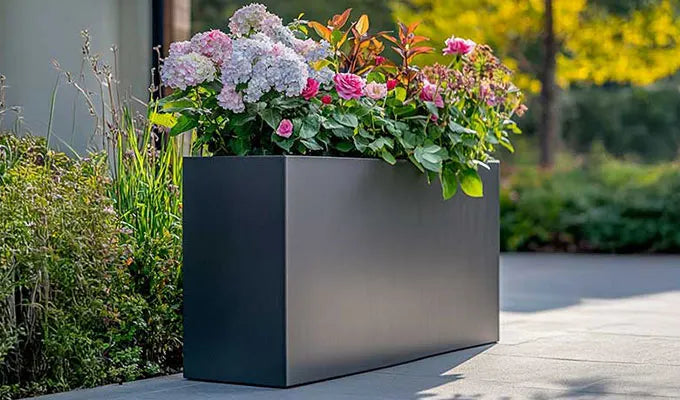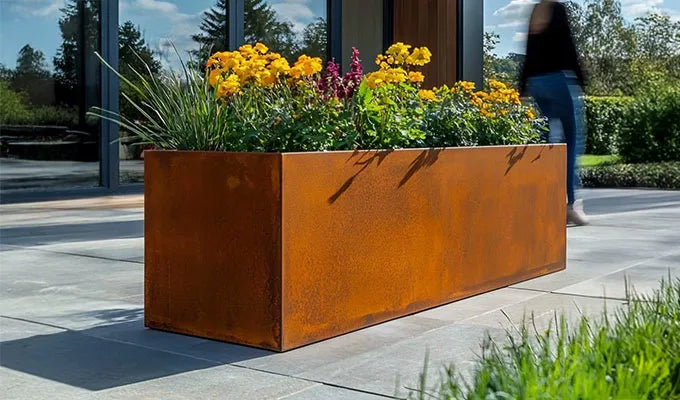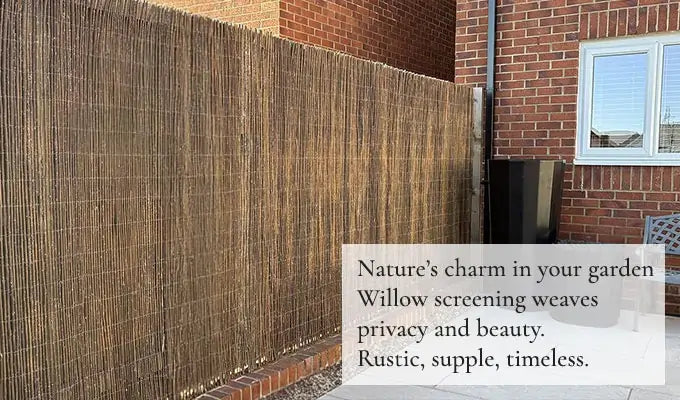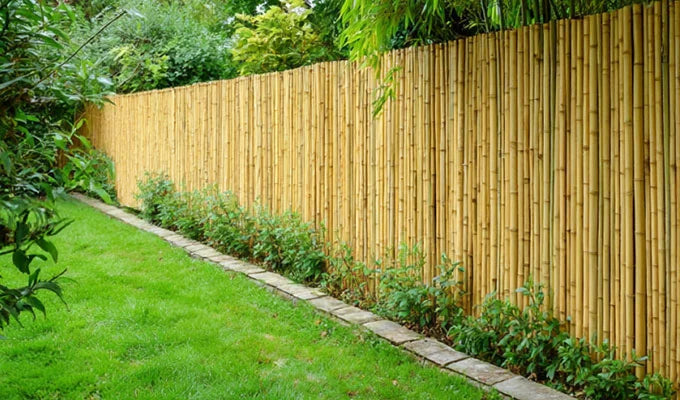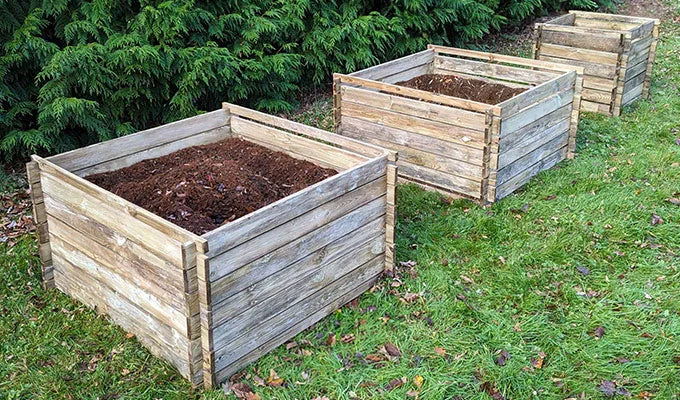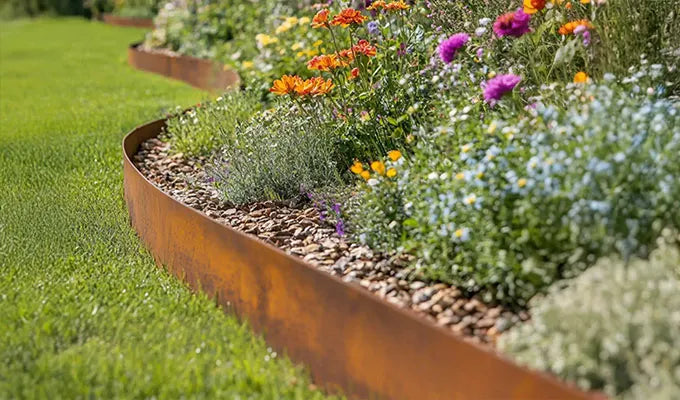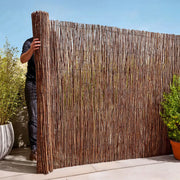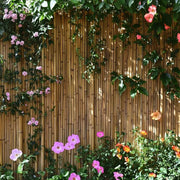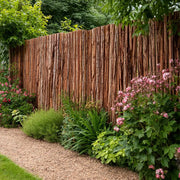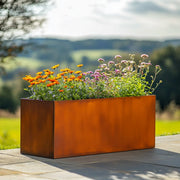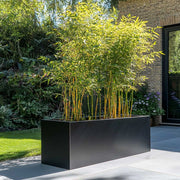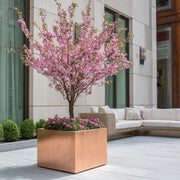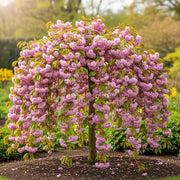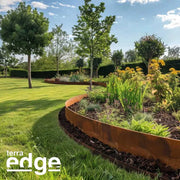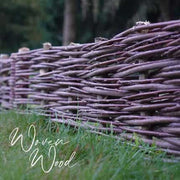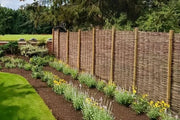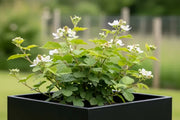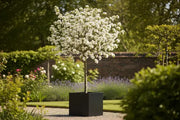Why Landscapers Love Hazel Hurdles
When it comes to garden design, the best materials aren’t just beautiful — they tell a story. Hazel hurdles have become a favourite among landscape designers across the UK for exactly that reason. Handwoven from coppiced hazel, these traditional panels offer a rare combination of natural charm, sustainability, and versatility that few modern fencing materials can match.
Below, we’ll explore why more and more professionals are turning to hazel hurdles to add structure, texture, and authenticity to their designs.
A Natural Aesthetic That Blends Seamlessly with the Landscape
Unlike mass-produced fencing, each hazel hurdle is handcrafted, giving it a unique, organic look.
Designers love the warm tones and irregular textures of the woven hazel rods — they soften the lines of a garden and complement planting rather than competing with it.
Whether framing a cottage garden, edging a wildflower meadow, or screening a contemporary courtyard, hazel hurdles bring a timeless, rustic feel that works in almost any setting.
Sustainably Sourced and Eco-Friendly
Hazel hurdles are made from coppiced hazel, a traditional woodland management technique where trees are cut back to promote new growth. This method is not only renewable but also vital for biodiversity — providing habitats for insects, birds, and small mammals.
For landscape designers committed to sustainable practices, using hazel hurdles supports local woodland economies and reduces the carbon footprint associated with imported or chemically treated timber fencing.
Functional and Durable
Beyond their beauty, hazel hurdles are strong and flexible. The interwoven design makes them naturally wind-resistant, and when properly installed, they can last 8–10 years or more outdoors.
Designers often use them for:
-
Garden screening or boundary fencing
-
Windbreaks for exposed sites
-
Temporary but attractive construction barriers
-
Cladding for bins, compost areas, or sheds
Their durability and ease of replacement make them a practical choice for long-term landscape projects.
Versatile in Design and Application
Hazel hurdles aren’t limited to fencing. Landscape designers use them creatively to define outdoor rooms, disguise functional areas, or create rustic garden backdrops for planting schemes.
They can be paired beautifully with:
-
Living willow structures
-
Natural stone or oak framing
-
Native hedge planting
-
Meadow or woodland-style gardens
Their adaptability makes them a staple for both traditional and modern naturalistic designs.
A Connection to Craft and Heritage
For many designers, using hazel hurdles isn’t just an aesthetic choice — it’s a nod to Britain’s rural heritage.
Each panel is woven by skilled craftspeople using time-honoured techniques that date back centuries. Incorporating them into modern landscapes adds authenticity and storytelling value to a project — something clients increasingly appreciate.
In Conclusion
Landscape designers love hazel hurdles because they combine beauty, sustainability, and function in a way few materials can. They bring life, warmth, and texture to any garden, while supporting sustainable woodland management and traditional craftsmanship.
If you’re a designer looking to elevate your projects with natural materials, hazel hurdles are a simple yet powerful way to connect your work to the landscape — both aesthetically and ethically.
Interested in using hazel hurdles in your next project?
Get in touch with us to learn more about sizing, installation options, and trade pricing. Call 0118 315 2122 or email support@wovenwood.co.uk

